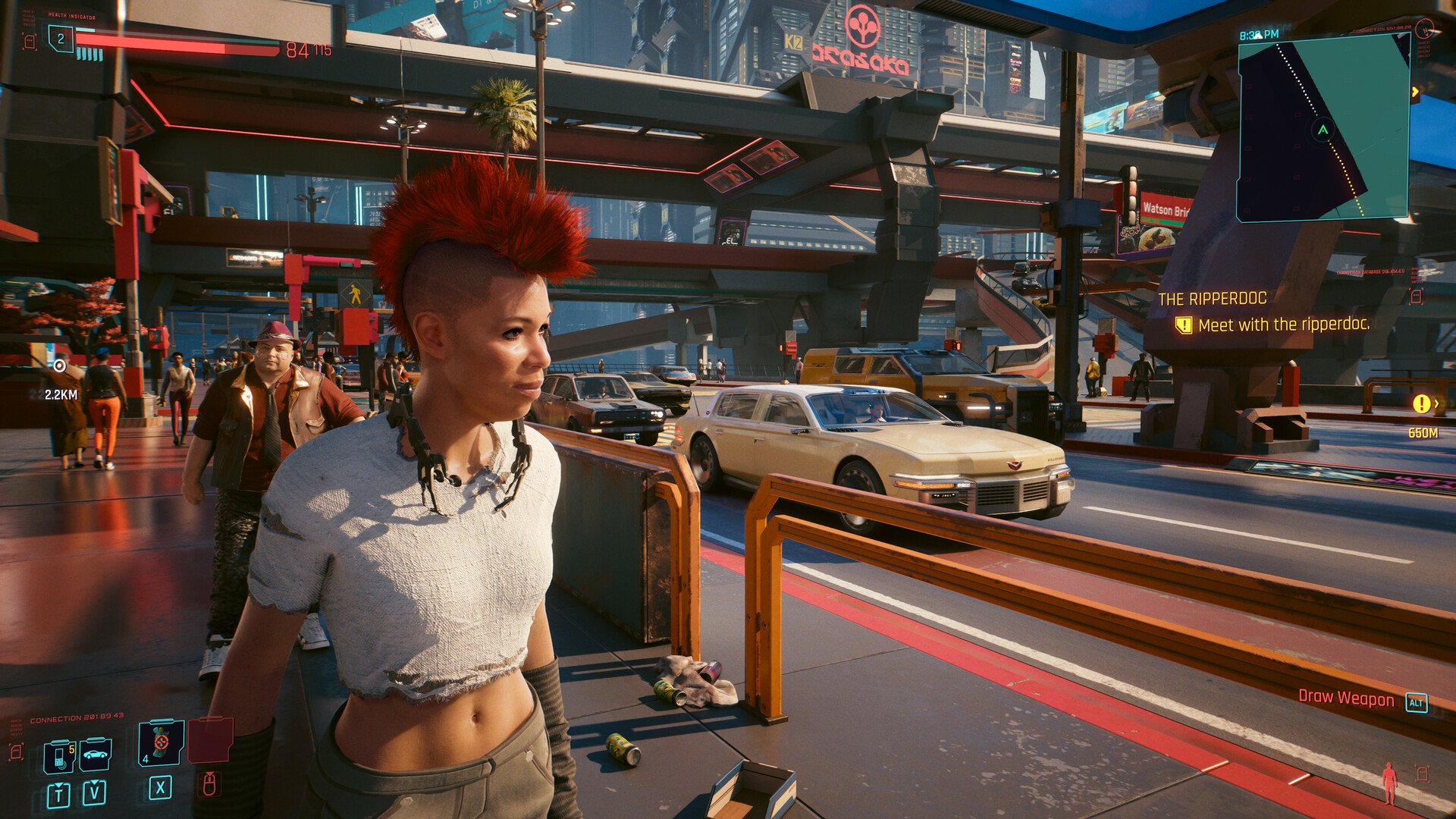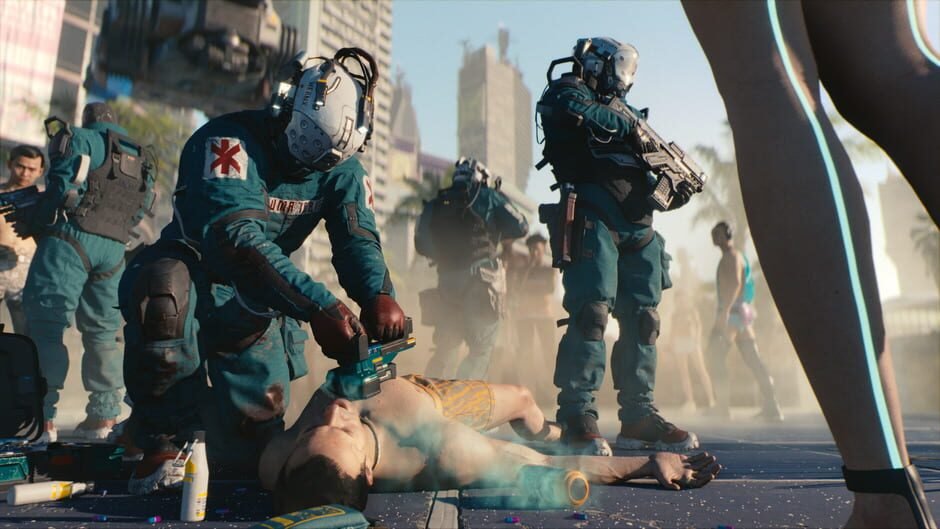When the highly anticipated Cyberpunk: 2077 failed to live up to expectations, it was seen as one of the largest scandals in gaming history. Despite this, the title has seen an unexpected resurgence nearly two years after its catastrophic release. Keep reading to discover the timeline leading up to release, the initial reactions and the causes behind Cyberpunk’s sudden growth in recent weeks.
How it all started
In December of 2020, CD Projekt Red, the developer of The Witcher 3, launched Cyberpunk: 2077. Up until that point, Cyberpunk had been known primarily as the table-top role playing game that was created by Mike Pondsmith in 1988. Table-top fans might have been most acquainted with the series, but with the release of the Cyberpunk: 2077 teaser trailer in January of 2013, the internet was riddled with questions around the development of the game and a slow-growing hype for what it could become upon its release.
It would be another five years before CD Projekt Red would release its next official Cyberpunk trailer at E3 in 2018 with an additional cinematic trailer being released at the same conference the following year; a trailer that revealed Hollywood superstar Keanu Reeves would be portraying a character within the game.
Following these trailers, the anticipation for the game’s release only grew. German publication, Gamestar, claimed the game would be “a bit like Skyrim meets Tron,” as reported by VGC. The gameplay reveal promised a sprawling and unique cyberpunk world that was densely packed with people, buildings and the ability to shape and mold the protagonist, and their story, to the player’s liking. The slow-burn marketing, thrilling world design and exciting promises created more than 8 million pre-orders in the lead up to the game’s release. Journalists from several publications were writing about their pre-release experiences in the futuristic dystopia of Night City with what is now seen as concerningly little emphasis on the technical performance of the game. Although the release date was pushed back three times and their offices instituted mandatory weekend crunch work, Projekt Red eventually decided it was ready to launch in December 2020.
Public reception
Immediately following the release of Cyberpunk 2077, it became clear to fans around the world that the game had some massive technical problems. Less than two weeks after the game’s release, the New York Times had published an article titled “Cyberpunk 2077 Was Supposed to Be the Biggest Video Game of the Year. What Happened?” with Bloomberg parroting many of the same points in a similar article three weeks later. The consensus amongst gamers and critics alike seemed to be that the game simply wasn’t finished even after more than seven years of development.
The Guardian, Kotaku and Wired all hit on the games failings in plot and story telling but the most jarring issue was that a significant portion of players were simply unable to play the game due to its technical issues. The glitches, game breaking bugs and seemingly half-finished scripting led to serious issues for PC players while console players were left with something that was so broken it was virtually unplayable.
Needless to say, this felt like Watergate in the video game industry, with article after article being written on the failures of this once highly anticipated game. CD Projekt Red responded quickly to acknowledge their shortcomings and promised to improve the game on every platform in a commitment post on the official Cyberpunk website.
Unfortunately, the damage was done and the playerbase for the game dwindled almost as quickly as it had grown. In December 2020, steamcharts had the average concurrent players at 332,000; by June 2021, the number had dropped to just under 9,000. The player base has fluctuated quite a bit in two years since launch but, even after several updates and improvements, the game has struggled to stay above 10,000 concurrent players.
That is until this month. For September 2022, the average concurrent players for Cyberpunk is currently sitting at 33,000 players, a 217% gain over the 10,000 concurrent players in August. But what’s causing this?
What caused the resurgence
There are likely two major factors in the sudden revival of Cyberpunk’s player base. The first is that Projekt Red just released the 1.6 Edgerunners update which, among other things, brought in more quests, weapons, and cosmetics as well as mod-support and cross-progression between platforms.
This major update may have gone unnoticed, however, if not for factor number two; Cyberpunk: Edgerunners, a new show on Netflix set in the same dystopian world of the game. The anime premiered just one week after the update was launched for Cyberpunk: 2077 and is currently one of the most popular shows on the platform, boasting a 100% on Rotten Tomatoes at the time this article was written. The popularity of the show seems to have brought the series back to the forefront of the minds of the fans. Many players are likely seeing the game’s improvements for the first time since launch and are happy to pick it up again.
Thanks to this genius marketing on behalf of Netflix, IGN is reporting that one of their romance guides for the game has become one of their top viewed articles and Steam has seen Cyberpunk:2077 reemerge as one of the platforms top sellers. Whether this sudden spotlight will prove to bring any long term life to the game is yet to be seen.

Tyler is Poli-Sci undergrad who, when he’s not working, spends his time-consuming games and media like an insatiably hungry garbage truck. Seriously, his need for constant stimulation is a problem. Send help.









